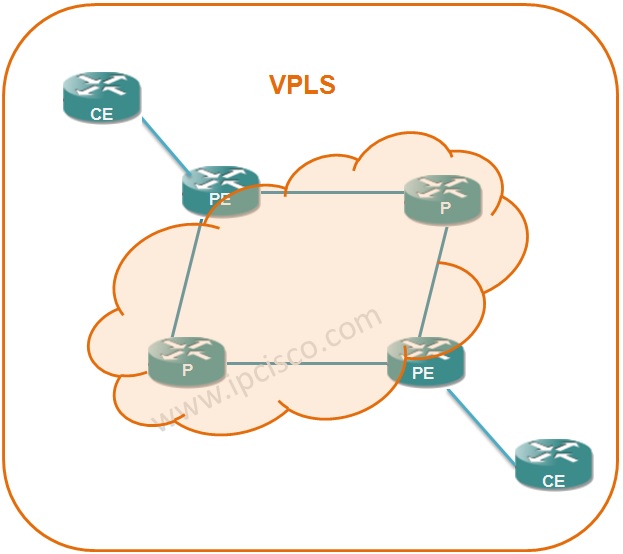- COURSES
- SPECIALS
- BLOG
- MEMBERS
- SHOP
- ABOUT
- ENROLL HERE

H-VPLS (Hierarchical VPLS) is the more scalable version of VPLS. Basically, H-VPLS has some architectural difference than flat VPLS. You can also view the lesson, that we have talked about Hierarhical VPLS versus VPLS.

You can also view Nokia VPLS Configuration and Cisco VPLS Configuration Lessons.
In H-VPLS (Hierarchical VPLS), there are some additional edge devices. These devices are u-PE (User facing Provider Edge) and n-PE (Network facing Provider Edge). By using two different Edge Devices, H-VPLS provide less overhead in n-PE devices. Because, the traffic that is coming from the user, meets with u-PE device firstly.

For the connection of the access layer of the H-VPLS, there are two mechanisms.
These are:
In Nokia (Formerly Alcatel-Lucent) Service Routers, we need to configure SDPs as Pseudowires (PW). In H-VPLS all the sites are not have to connect via SDPs. The connection is provided with both mesh SDPs and spoke SDPs. But as you remember, in VPLS, all sites needs to be connected as full mesh with mesh SDP.

In the following articles, we will talk about h-VPLS more and we will also discuss the difference between Flat VPLS and h-VPLS, we will see Hierarhical VPLS versus VPLS.
Leave a Reply